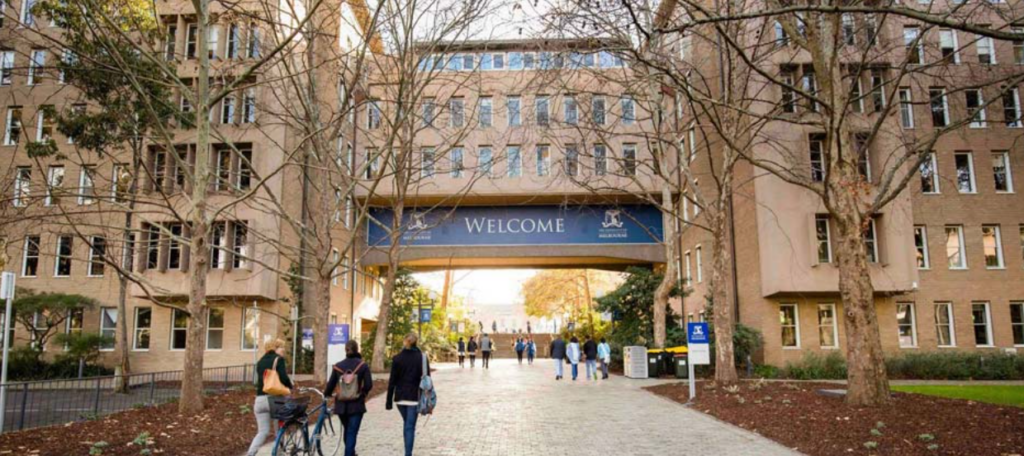
Study in Australia
Australia is one of the leading destinations for international students, renowned for its high-quality education, vibrant culture, and breathtaking landscapes. With globally ranked universities, a strong emphasis on research, and excellent post-study work opportunities, Australia offers students a chance to grow academically, professionally, and personally.
Why Study in Australia?
High-Quality Education
Australia is home to several world-class universities, including the University of Sydney, Australian National University, and University of Melbourne.
Its education system emphasizes critical thinking, creativity, and innovation.
Globally Recognized Degrees
Australian qualifications are internationally recognized, enhancing employability worldwide.
Research Excellence
Australia is a hub for cutting-edge research in fields like medicine, technology, and environmental sciences.
Universities provide access to state-of-the-art facilities and collaborative opportunities.
Diverse and Inclusive Culture
With students from over 140 countries, Australia offers a multicultural and welcoming environment.
Post-Study Work Opportunities
Australia’s Temporary Graduate Visa (subclass 485) allows international students to work after completing their studies, gaining valuable experience.
Quality of Life
Known for its safety, clean environment, and stunning natural beauty, Australia ranks high in global liveability indexes.
Structure of Higher Education in Australia
Undergraduate Programs
Bachelor’s degrees typically take 3-4 years.
Some programs, like engineering or law, may require additional years of study.
Postgraduate Programs
Master’s degrees: 1-2 years, focusing on coursework or research.
Doctoral degrees (Ph.D.): Typically 3-4 years, emphasizing independent research.
Vocational Education and Training (VET)
Practical and career-focused programs in areas like business, technology, and hospitality.
Offered by institutions such as TAFE (Technical and Further Education).
Pathway Programs
Foundation courses help students meet entry requirements for university degrees.
Admission Process
Research and Shortlisting
Identify universities and courses that suit your academic interests and career aspirations.
Popular universities include the Group of Eight (Go8), Australia’s leading research-intensive institutions.
Application Materials
Academic transcripts, proof of language proficiency (e.g., IELTS, TOEFL), personal statement, and letters of recommendation.
Some courses may require portfolios or additional tests.
Deadlines
Semester 1 (February): Applications close in October-November.
Semester 2 (July): Applications close in March-April.
Student Visa Application
Once accepted, apply for a Student Visa (subclass 500).
Cost of Studying in Australia
Tuition Fees
Undergraduate: AUD 20,000–45,000 per year.
Postgraduate: AUD 22,000–50,000 per year.
VET and diploma courses: AUD 10,000–20,000 per year.
Living Expenses
Estimated AUD 21,000–25,000 annually, depending on location.
Covers accommodation, food, transportation, and other personal costs.
Scholarships and Financial Aid
Scholarships are offered by universities, the Australian government, and external organizations.
Examples include the Australia Awards Scholarship and Destination Australia Scholarship.
Student Life in Australia
Campus Facilities
Universities provide extensive resources, including libraries, sports facilities, and career services.
Cultural and Social Opportunities
Students can join clubs, attend cultural festivals, and explore iconic landmarks like the Sydney Opera House and the Great Barrier Reef.
Outdoor Lifestyle
Australia’s natural beauty and warm climate encourage activities like hiking, surfing, and exploring wildlife.
Work and Immigration Opportunities
Work During Studies
Students can work up to 48 hours per fortnight during academic sessions and unlimited hours during breaks.
Post-Study Work Visa
The Temporary Graduate Visa (subclass 485) allows graduates to stay and work in Australia for 2-4 years, depending on their qualification.
Pathway to Permanent Residency
Programs like the Skilled Migration Visa offer opportunities for students to settle in Australia permanently.
Challenges for International Students
Cost of Living
Major cities like Sydney and Melbourne can be expensive, requiring effective budgeting.
Distance from Home
Australia’s geographical location may pose challenges for students traveling from other continents.
Cultural Adjustment
Adapting to new social norms, accents, and academic styles may take time.
Conclusion
Studying in Australia offers a perfect blend of academic excellence, cultural diversity, and high quality of life. With globally respected degrees, extensive work opportunities, and a supportive environment, Australia remains a top choice for students seeking a fulfilling educational and personal experience.
